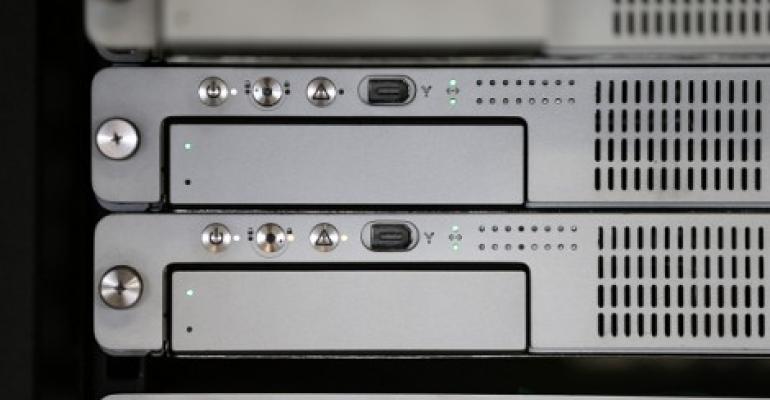Some believe blockchain technologies are initiating a new digital era. Many compare it to the very beginnings of the Internet with the blockchain being heralded as the second generation of the world web. The first generation collected wisdom and connected information. This was a major milestone, yet vast quantities of data quickly became unwieldy. And it became difficult to separate the fake from the true. In the second generation, blockchain adds consistency, transparency, and truth.
“The blockchain design pattern enforces trust agnostically and automatically via a smart contracts mechanism,” said Jim McCarthy, Director-PreCon/Virtual Design and Construction (VDC) and Solutions Engineering at M+W Group.
While the blockchain is generally associated with the bitcoin cryptocurrency, its implications go far beyond the establishment of a secure worldwide payment system. The blockchain offers many benefits including:
- An immutable source of truth where information can’t be changed without the knowledge of all concerned
- Transactions can be tracked and audited across the supply chain
- Automated business rules can boost efficiency and drive down costs
- Improved overall quality
- Better business, operational and regulatory reporting.
- Tighter security via public-key encryption, access rights, and no single point of failure
- Easing the path to digitization.
“Blockchain solutions present numerous advantages for areas such as contract administration, virtual construction, supply chain management, procurement, integrated project delivery performance, facility operations and operational metrics,” said McCarthy.
Despite the presence of sophisticated IT systems, it still required tremendous effort to move components, equipment and systems from one end of the supply chain to the other: The wrong components would arrive, or go to the wrong location; systems would be faulty and had to be repaired or replaced, delivery dates would be missed; management would struggle to discover what was really going on and could not rely on computerized status reports. The blockchain offers a way to change that via a secure, auditable, traceable and sharable record.
At Data Center World, McCarthy will deliver, “Blockchain and the Data Center-- Design and Construction Industry Implications.” He has two blockchain patents filed and pending registration, as well as three data center-specific proof-of-concept projects completed that concern controls system security, energy purchase contracts and equipment location tracking.
“The fundamental idea to get across is that the concept of transacting value is about to become dramatically simpler and more transparent,” he said. “The only reason any company or service exists is to perform some specific transaction. How the transaction and value exchange practices that have been in place for centuries are about to change or even disappear. This will make the world less fraught with unnecessary administration, and waste of time and resources.”
The session will clearly define the blockchain and how it applies to data centers. It will offer examples of what many are calling the crisis of legitimacy. and how the blockchain will end it. In addition, McCarthy will provide case studies demonstrating blockchain-driven improvements in design and construction efficiencies, performance, procurement and contracting.
The session takes place on Monday, March 12. Review the complete Data Center World program agenda for a list of all sessions and networking events.





